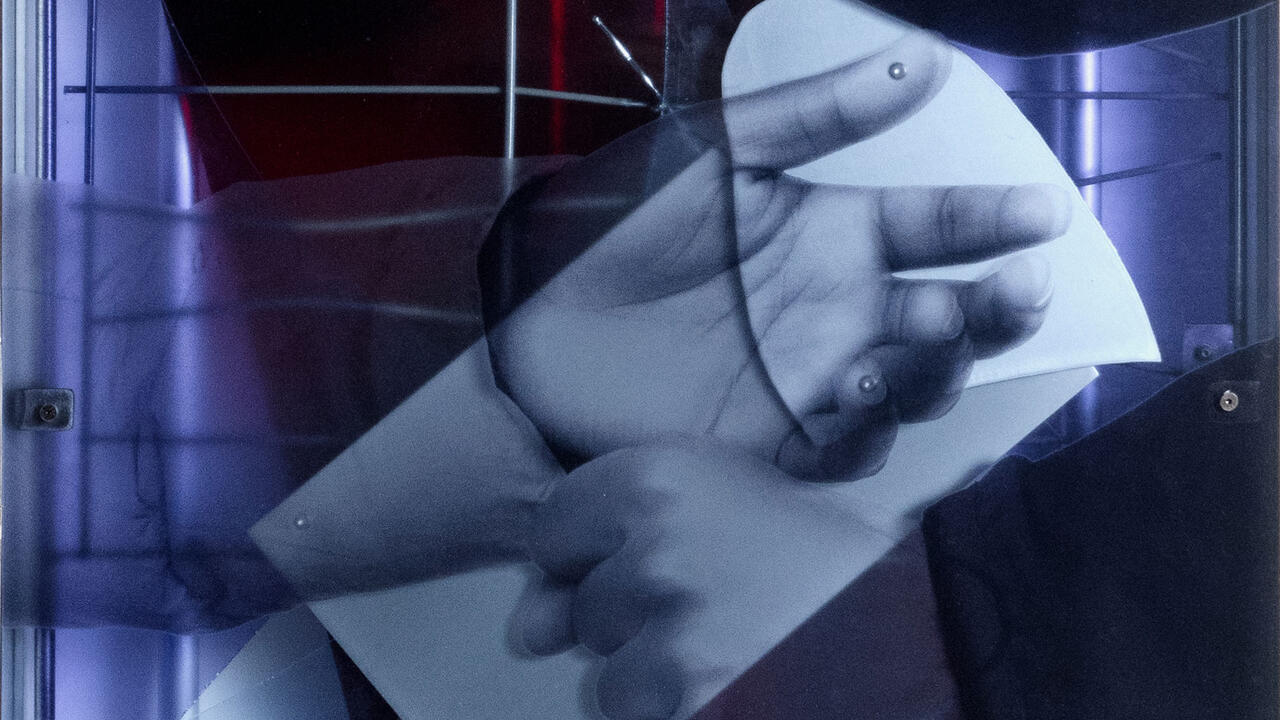Piero Gilardi
MAXXI, Rome, Italy
MAXXI, Rome, Italy

Down the stairs leading to this survey of Piero Gilardi’s extraordinary career, ‘Nature Forever’, tumbles a long carpet of artificial grass – a cheeky nod to the artist’s most recognizable, if abidingly enigmatic, body of work from the mid-1960s: mats of luscious flora wrought entirely from polyurethane and dubbed ‘Nature Carpets’. In 1963, Gilardi erupted onto Italy’s postwar art scene with his ‘Machines for the Future’ – neo-Dadaist contraptions inviting participation (they flash and whir upon being breathed or yelled into). Nature and the future seem increasingly incompatible on this planet. Why, then, did Gilardi so consistently and insistently yoke them together? For an artist so dedicated to a radical politics of protest – against environmental degradation, and the late capitalist depredations in which they originate – what could ‘neo-technological’ and ‘cybernetic’ strategies offer? Comprised of more than 60 works – many of them large-scale, interactive installations in a wide range of media – the exhibition goes some way in answering these questions.

Born and based in Turin, Gilardi contributed significantly to the early development of Arte Povera. On both Gian Enzo Sperone and Iliana Sonnabend’s rosters, he exhibited throughout the 1960s alongside artists both local and international, from Dan Flavin to Andy Warhol. Beginning in 1967, however, he renounced what he called the ‘art system’ for activism. This shift occurred in the context of increasingly dematerialized tendencies in aesthetics – a refusal on behalf of many artists to produce saleable commodities. The site of FIAT’s major factories, Turin and its labour politics formed the crucible of Gilardi’s work as it did for many fellow artists. Yet, while Pino Pascali’s artificial cannons and Mario Merz’s neon ‘Che Fare’ (What is to be done?) works from 1967 onwards, which obliquely quote a 1902 speech by Vladimir Lenin, addressed historical matters, they also consisted of commercial objects. Gilardi sought to circumvent the market entirely, to make direct interventions ‘within life’.
This did not mean an irrevocable break with the art world: became a vital interlocutor between the Italian neo-avant-garde and currents abroad. As the 1960s utopia gave way to the hard-bitten ‘70s, the artist shaped foam rubber into political masks used in street demonstrations (as in his caricatural effigy of Gianni Agnelli, FIAT’s owner). From anti-psychiatric activism to anti-nuclear campaigns and the infamous G8 summit in Genoa in 2001, Gilardi invoked festival and play as means of political subversion. The even more recent ‘Museum of the [Economic] Crisis’ (2012–17) is made of memorials to anonymous workers’ deaths and giant, latex rocks – held aloft during street demonstrations as metaphors for the burden of the crisis.

What, though, provided the original impetus for Gilardi’s ersatz mimesis of nature? Did he imagine an idyllic conciliation between technology and nature? Did this not contradict the very premise of Arte Povera, which eschewed industrial modernity for atavistic textures and experiences? Writing about Gilardi’s work in Flash Art in 1967, the British critic Henry Martin astutely suggests that ‘the cure is uncannily similar to the illness’ – meaning that the artist’s appropriation of technology formed the first step in countering its deleterious effects. A 1990 multimedia work Inverosimile (Unlikely) involves funhouse lights, music and dancing stalks of corn – almost Disney-like in its critique of agricultural policies.
As evidenced in this year’s Venice Biennale, Arte Povera and ecological questions remain lightning rods for contemporary aesthetics. Whether in his turn to what he called ‘new media art’ in the 1980s, his longstanding interest in biopolitics or the fundamentally relational nature of his work since the early ’60s, Gilardi’s oeuvre persists with a contemporary relevance not often encountered in a career spanning six decades.
Main image: Piero Gilardi, 'Nature Forever', 2017, installation view. Courtesy: MAXXI, Rome; photograph: Francois Fernandez
























